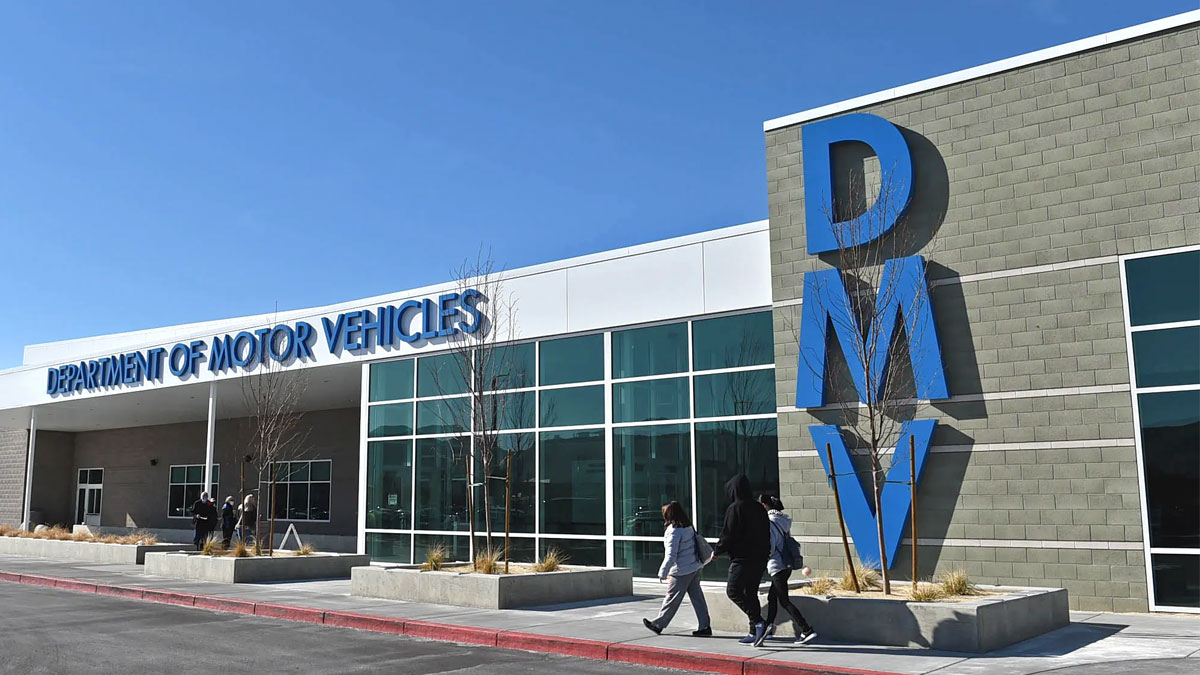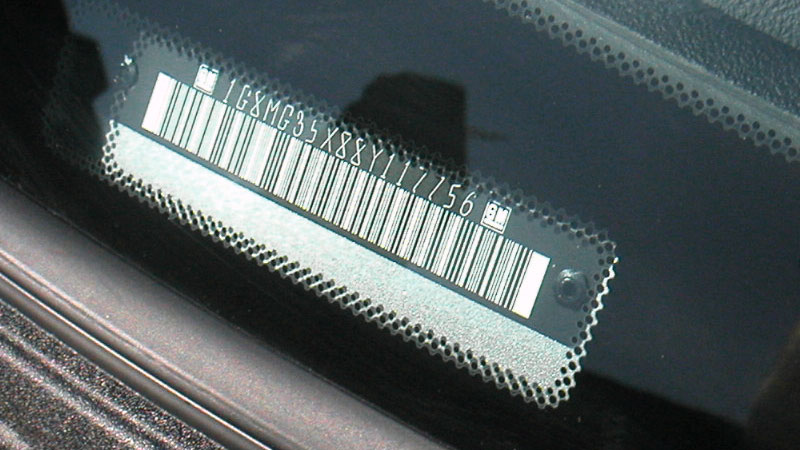Why Are Some DMV Employees So Rude?
We’ve all experienced it. The misery of sitting in the dreary DMV, staring at the clock as the minutes slowly tick by, the fluorescent lights draining everything of color. The crying baby piercing the silence. Checking your ticket number for the 15th time, disbelieving they’re only at B094 when you’re … Read more


